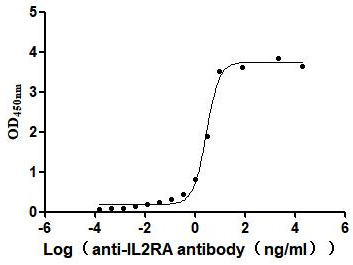Recombinant Rat Apolipoprotein E (Apoe)
In Stock-
货号:CSB-EP001936RA
-
规格:¥1536
-
图片:
-
其他:
产品详情
-
纯度:Greater than 85% as determined by SDS-PAGE.
-
基因名:
-
Uniprot No.:
-
别名:(Apo-E)
-
种属:Rattus norvegicus (Rat)
-
蛋白长度:Full Length of Mature Protein
-
来源:E.coli
-
分子量:39.8 kDa
-
表达区域:19-312aa
-
氨基酸序列EGELEVTDQLPGQSDQPWEQALNRFWDYLRWVQTLSDQVQEELQSSQVTQELTVLMEDTMTEVKAYKKELEEQLGPVAEETRARLAKEVQAAQARLGADMEDLRNRLGQYRNEVNTMLGQSTEELRSRLSTHLRKMRKRLMRDADDLQKRLAVYKAGAQEGAERGVSAIRERLGPLVEQGRQRTANLGAGAAQPLRDRAQALSDRIRGRLEEVGNQARDRLEEVREQMEEVRSKMEEQTQQIRLQAEIFQARIKGWFEPLVEDMQRQWANLMEKIQASVATNSIASTTVPLENQ
Note: The complete sequence including tag sequence, target protein sequence and linker sequence could be provided upon request. -
蛋白标签:N-terminal 6xHis-tagged
-
产品提供形式:Liquid or Lyophilized powder
Note: We will preferentially ship the format that we have in stock, however, if you have any special requirement for the format, please remark your requirement when placing the order, we will prepare according to your demand. -
缓冲液:If the delivery form is liquid, the default storage buffer is Tris/PBS-based buffer, 5%-50% glycerol. If the delivery form is lyophilized powder, the buffer before lyophilization is Tris/PBS-based buffer, 6% Trehalose.
-
复溶:We recommend that this vial be briefly centrifuged prior to opening to bring the contents to the bottom. Please reconstitute protein in deionized sterile water to a concentration of 0.1-1.0 mg/mL.We recommend to add 5-50% of glycerol (final concentration) and aliquot for long-term storage at -20℃/-80℃. Our default final concentration of glycerol is 50%. Customers could use it as reference.
-
储存条件:Store at -20°C/-80°C upon receipt, aliquoting is necessary for mutiple use. Avoid repeated freeze-thaw cycles.
-
保质期:The shelf life is related to many factors, storage state, buffer ingredients, storage temperature and the stability of the protein itself.
Generally, the shelf life of liquid form is 6 months at -20°C/-80°C. The shelf life of lyophilized form is 12 months at -20°C/-80°C. -
货期:3-7 business days
-
注意事项:Repeated freezing and thawing is not recommended. Store working aliquots at 4°C for up to one week.
-
Datasheet & COA:Please contact us to get it.
相关产品
靶点详情
-
功能:APOE is an apolipoprotein, a protein associating with lipid particles, that mainly functions in lipoprotein-mediated lipid transport between organs via the plasma and interstitial fluids. APOE is a core component of plasma lipoproteins and is involved in their production, conversion and clearance. Apoliproteins are amphipathic molecules that interact both with lipids of the lipoprotein particle core and the aqueous environment of the plasma. As such, APOE associates with chylomicrons, chylomicron remnants, very low density lipoproteins (VLDL) and intermediate density lipoproteins (IDL) but shows a preferential binding to high-density lipoproteins (HDL). It also binds a wide range of cellular receptors including the LDL receptor/LDLR and the very low-density lipoprotein receptor/VLDLR that mediate the cellular uptake of the APOE-containing lipoprotein particles. Finally, APOE has also a heparin-binding activity and binds heparan-sulfate proteoglycans on the surface of cells, a property that supports the capture and the receptor-mediated uptake of APOE-containing lipoproteins by cells.
-
基因功能参考文献:
- Infusion of AngII did not lead to the formation of dissecting abdominal aortic aneurysms or atherosclerosis in ApoE-knockout rats. PMID: 29166645
- Results demonstrated that apolipoprotein E4 (ApoE4)exerted direct neurotoxicity and enhanced the neurotoxicity of Abeta1-40 on spatial cognitive function and hippocampal long term potentiation. This may partly elucidate the mechanism by which APOE4 allele exerted negative effects as a major genetic risk factor for developing Alzheimer's disease. PMID: 28356228
- renal denervation improves aortic distensibility and attenuated endothelial dysfunction in ApoE(-/-)-rats. PMID: 27277003
- The expression of ApoE and S-100 correlated with the progression of focal cerebral contusion. PMID: 26782580
- Apolipoprotein E-deficient rats develop atherosclerotic plaques in partially ligated carotid arteries. PMID: 26545012
- rats treated with KD (EXP2) showed a significant down-regulated expression of ZnT-3, MT-3, ApoE, clusterin, and ACAT-1 in hippocampus PMID: 25778834
- Findings suggest that endogenous apoE generates lower density HDL to produce more lipidated HDL using previously synthesized cholesterol through the interaction with ABCA1 in caveolin-1-rich domain of astrocytes PMID: 24814386
- Although rat apolipoprotein E sequence resembles apoE4, an isoform of apoE3, rat apoE displays the biophysical behavior of apoE3. PMID: 23103361
- A potential neuroprotective role of apolipoprotein E-containing lipoproteins through low density lipoprotein receptor-related protein 1 in normal tension glaucoma PMID: 22674573
- Lower expression of MMP-2 and MMP-9 is associated with the increased expression of apoE in the glomerulus PMID: 22207560
- ApoE-containing astrocyte lipoproteins exhibit the most robust interactions with Abeta. PMID: 22138302
- Apolipoproteins E3 exerts neurotrophic and synaptogenic effects in dorsal root ganglion cell cultures. PMID: 19414061
- LpE and LRP1 promote axonal extension, and suggest that lipids exported to LpE by ABCG1 are important for the enhancement of axonal extension mediated by LpE. PMID: 21040802
- ApoE may play a role in lipid rafts or synaptic structural plasticity by the regulation of its levels via dendritic localization and translation. PMID: 20456011
- These observations suggest that ApoE, expressed by activated retinal glia, stimulates RGC neurite outgrowth after intravitreal Zymosan injection. PMID: 19382209
- Although ApoE increases arterial wall accumulation of triglyceride-rich particles(TGRPs), it also reduces the penetration of TGRPs into the arterial wall--a novel antiatherogenic property. PMID: 12482838
- ApoE mRNA was expressed in astrocytes and macrophages, but not in neurons after focal cerebral ischemia PMID: 12870266
- Spatiotemporal changes of apolipoprotein E immunoreactivity and apolipoprotein E mRNA expression after transient middle cerebral artery occlusion in rat brain. PMID: 12898539
- The Apolipoprotein (apo) E is a protein involved in both lipid metabolism and neuroprotection and its expression system will be highly useful for probing the ability of rat apoE to mediate food intake in rats. PMID: 15866734
- Data indicate that the role of apoE4 in cholesterol homeostasis and apolipoprotein cell association is more pronounced in hippocampal neurons. PMID: 16376010
- Our studies suggest that AEC I is not just a simple barrier for gas exchange, but a functional cell that protects alveolar epithelium from injury. PMID: 16497717
- 24(S)-hydroxycholesterol induces apoE-mediated efflux of cholesterol in astrocytes via an LXR-controlled pathway PMID: 16524875
- ApoE expression is not altered during normal brain aging, but there may be a relationship between ApoE and IL-1beta transcription in the cerebral cortex PMID: 16802110
- LRP binds and endocytoses Abeta42 both directly and via apoE but endocytosed Abeta42 is not completely degraded and accumulates in intraneuronal lysosomes PMID: 17012232
- A naturally processed C-terminal ApoE peptide, Ep1.B, has anti-atherogenic activity indicating a role for this naturally metabolized peptide in vascular wound healing and lipid homeostasis PMID: 17126342
- treatment of primary rat mixed glial cell cultures with IL-1beta induced a significant increase in extracellular apoE protein; treatment of primary astrocyte and mixed glial cell cultures with TNF-alpha significantly reduced extracellular apoE PMID: 18288929
- mRNA expression of ApoE in arterial walls was not different between the controls and cerebral aneurysms. PMID: 18360691
- Data demonstrate that apoE suppresses food intake via a mechanism enhancing melanocortin signaling in the hypothalamus. PMID: 18559657
- The finding that hypothalamic apoE and food intake are positively associated during the normal circadian cycle as well as in the period of restricted feeding suggests that hypothalamic apoE is food-entrained and regulates food intake. PMID: 19362542
- Protection of neurons from apoptosis by apolipoprotein E-containing lipoproteins does not require lipoprotein uptake and involves activation of phospholipase Cgamma1 and inhibition of calcineurin. PMID: 19717566
显示更多
收起更多
-
亚细胞定位:Secreted. Secreted, extracellular space. Secreted, extracellular space, extracellular matrix.
-
蛋白家族:Apolipoprotein A1/A4/E family
-
数据库链接:
Most popular with customers
-
Recombinant Human Myeloid cell surface antigen CD33 (CD33), partial (Active)
Express system: Mammalian cell
Species: Homo sapiens (Human)
-
Recombinant Human Prolactin receptor (PRLR), partial (Active)
Express system: Mammalian cell
Species: Homo sapiens (Human)
-
Recombinant Human Signal transducer CD24 (CD24)-Nanoparticle (Active)
Express system: Mammalian cell
Species: Homo sapiens (Human)
-
Recombinant Rat Intestinal-type alkaline phosphatase 1 (Alpi) (Active)
Express system: Mammalian cell
Species: Rattus norvegicus (Rat)
-
Recombinant Human Somatostatin receptor type 2 (SSTR2)-VLPs (Active)
Express system: Mammalian cell
Species: Homo sapiens (Human)
-
Recombinant Human Microtubule-associated protein tau (MAPT) (Active)
Express system: Mammalian cell
Species: Homo sapiens (Human)
-
Recombinant Human Claudin-6 (CLDN6)-VLPs, Fluorescent (Active)
Express system: Mammalian cell
Species: Homo sapiens (Human)
-
Recombinant Human Interleukin-2 receptor subunit alpha (IL2RA), partial (Active)
Express system: Mammalian cell
Species: Homo sapiens (Human)

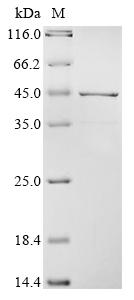

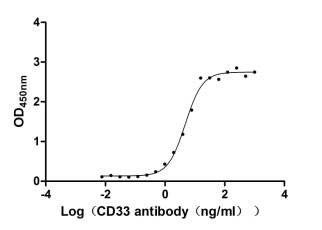
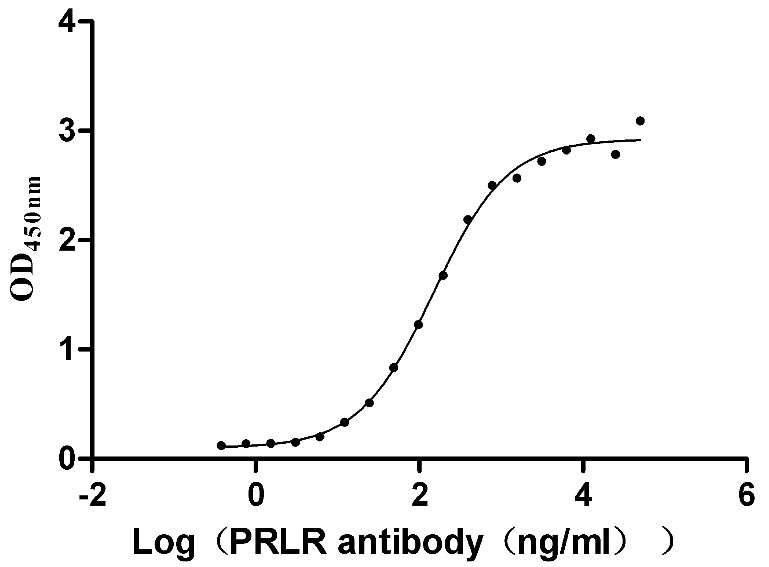
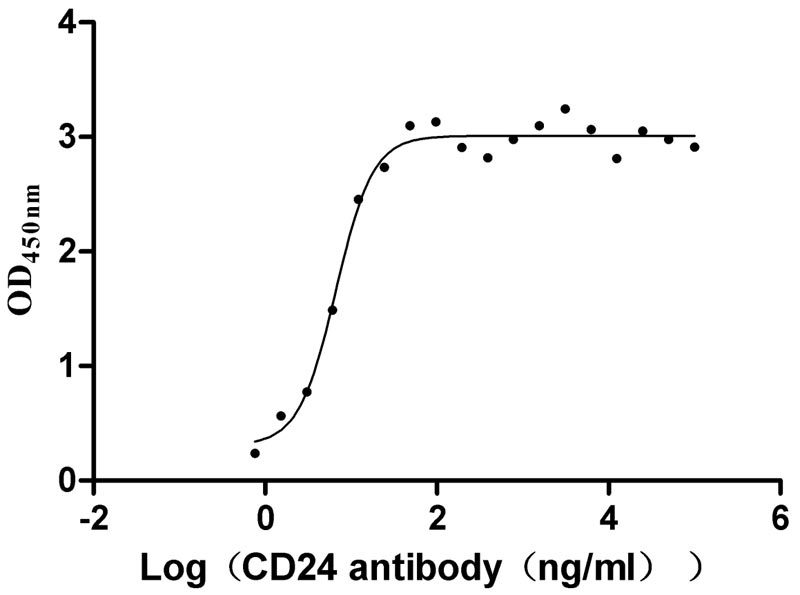

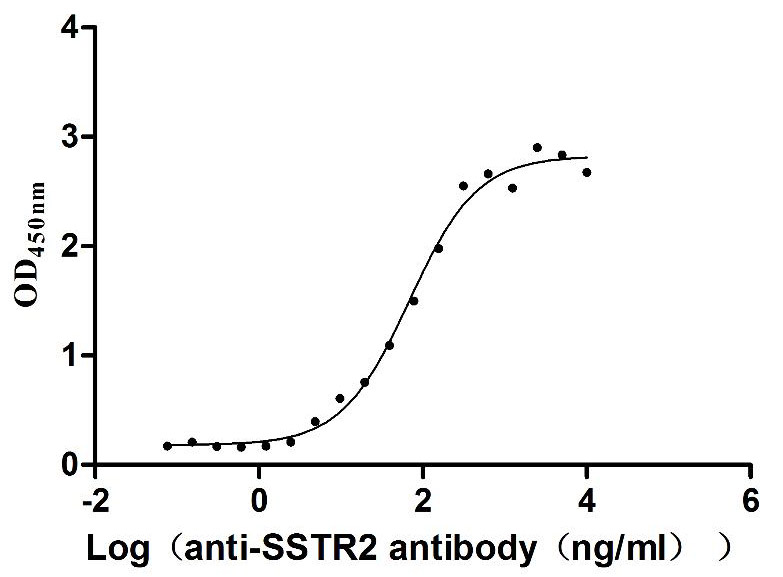
-AC1.jpg)
f4-AC1.jpg)
